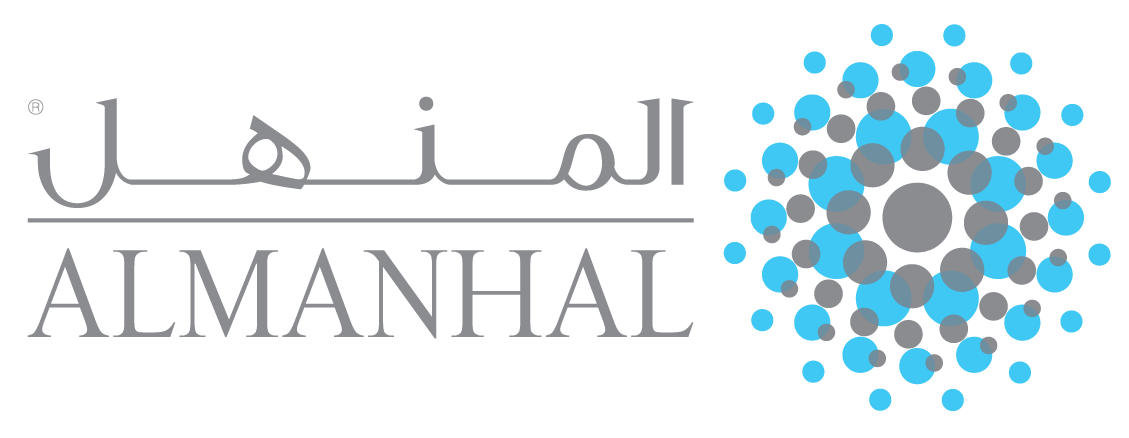An Assessment of Using Sukuk for Waqf Property Development in India
DOI:
https://doi.org/10.31436/jif.v10i.530Abstract
The purpose of this study is to assess the viability of using Sukuk as a tool for financing the development of waqf properties in India. Using different reports, literature, and considering Indian Waqf Act, this study introduces Sukuk for waqf property development in India. Critical analysis of case studies of successfully employed waqf property development in Saudi Arabia and Singapore is also undertaken. From the various literature and reports, this paper finds that there is a huge economic potential for Indian waqf properties. However, due to several issues, one of them being a financial issue, waqf in Indian is unable to achieve its potential. Furthermore, the study also finds that there is a possibility to introduce Mudharabah Sukuk for this purpose. As Indian Waqf Act prohibits the sale, gift, or transfer of the waqf properties, Mudharabah can be the best suitable tool for financing the development of waqf properties. This study is conceptual in nature. Further studies can consider empirical research that considers factors such as awareness, knowledge, perception, and readiness to invest in Sukuk. The findings from this paper can be used to introduce Sukuk for waqf property development in India. The successful implementation will lead to the revitalisation of waqf properties in the country which will eventually result in the upliftment of Muslim society from social and educational backwardness and benefit them at-large. This paper also provides information about the potential of Indian waqf properties which very essential for the investors in Sukuk. This study is the first one to talk about the Sukuk for waqf property development in India.
Downloads
References
Aziz, A., & Ali, J. (2018). A Comparative Study of Waqf Institutions Governance in India and Malaysia. Intellectual Discourse, 1229-1246.
Bloomberg. (2009, December 17). Kerala plans 1st Islamic bond issue. Retrieved from Economic Times : https://economictimes.indiatimes.com/kerala-plans-1st-islamic-bond-issue/articleshow/5345457.cms
Budiman, M. A. (2014). The Significance of Waqf for Economic Development. Munich Personal RePEc Archive, 1-13.
Chand, S. (n.d.). Indian Capital Market: Classification and Growth of Indian Capital Market. Retrieved June 20, 2020, from Your Article Library: https://www.yourarticlelibrary.com/economics/market/indian-capital-marketclassification-and-growth-of-indian-capital-market/23476
Cizaka, M. (2016). Merging Waqf and Sukuk: Should We or Shouldn't We?., (pp. 1-16). Swansea.
Cizakca, M. (2000). a history of philantrophic foundations: the Islamic world from the seventh century to the present. Bogazici University.
Dali, N., Zakaria, M., Salleh, A., Zainuddin, M., & Jalil, M. (2017). Waqf Sukuk- The Overview and Current Practices . The Sustainability of Waqf and Islamic Social Finance in Enhancing the Developement of Global Ummah (pp. 192-198). Nilai: Universiti Sains Islam Malaysia .
Elearnmarkets. (2017, February 9). Indian Capital Market Regulators – Role and functions. Retrieved from elearnmarkets: https://www.elearnmarkets.com/blog/capital-market-regulators/#rbi
India, G. o. (2006). Social, Economic and Educational status of Muslim Community of India. New Delhi : Prime Minister's High Level Committee, Cabinet Secretariat, Government of India.
India, T. G. (1995). The Waqf Act 1995. New Delhi .
INX, I. (n.d.). Securities Overview. Retrieved June 20, 2020, from INX India: https://www.indiainx.com/static/securities_overview.aspx#justice, M. o. (2013). Wakf (Amendment) Act, 2013. Delhi: controller of publications, Delhi.
Kanungo, S. (2019, June 18). BSE arm INX may launch Islamic bonds. Retrieved from DNA: https://www.dnaindia.com/business/report-bse-arm-inx-may-launch-islamic-bonds-2762109
Kasri, N. S., & Saeran, N. (2016). Waqf and Sukuk: Addressing The Humanitarian Funding Gap. Retrieved from
http://giem.kantakji.com/article/ details/ID/918khan, f. (2012). Waqf: an islamic instrument of poverty alleviation- Bangladesh perspective . thoughts on Economics , 99-111.
Khan, I. A. (2014). ADMINISTRATION OF WAQF'S PROPERTIES IN INDIA: RHETORIC OR REALITIES.
Proceeding of the International Conference on Masjid, Zakat and Waqf, (pp. 1-19). kuala lumpur. Retrieved november 2019
Musari, K. (2016). Waqf-Sukuk, Enhancing the Islamic Finance for Economic Sustainability in Higher Education
Institutions . (pp. 1-16). Negeri Sembilan: World Islamic Countries University Leadership Summit .
Musari, K. (2019). The Evolution of Waqf and Sukuk toward Sukuk-Waqf in Modern Islamic Economy. International Journal of `Umranic Studies, 45-54.
Nadwi, M. A. (2013). Fate of awqaf in India: A critical appraisal. ISFIRE, 1-8. Retrieved december saturday, 2019
Oubdi, L., & Raghibi, A. (2018). Sukuk-waqf: The Islamic Solution for Public Finance Deficits. European Journal of Islamic Finance , 1-7.
Qasmi, M. O. (2019). Issues and challenges in management of Waqf in Delhi province of India. International journal of research in social sciences, 604-617.
Rasheed, S. K. (2007). Economic potential of Auqaf in India . Institute of Muslim Minority Affairs. Journal , 53-70.
Rashid, S. K. (2018). Potential of Waqf in Contemporary World. JKAU: Islamic Econ, 53-69.
Rasool, T. (2017). Waqf Administration in India: Issues and Challenges of State Waqf Boards. journal of islmaic thoughts and civilisation, 1-12.
Shukri, N., Zamri, S., Muneeza, A., & Ghulam, H. (2019). Waqf Development in Marawi City via Issuance of Perpetual Waqf Sukuk. International Journal of Management and Applied Research, 68-80.
Singh, V. R. (2014). Capital Market and It's Role in Indian Financial System. International Journal of Advanced Research in Management and Social Sciences, 130-140.
Suroyo, G. (2018, October 14). Indonesia Launches Cash Endowments-Linked Sovereign Islamic Bonds. Retrieved from Thomson Reuters : https://www.reuters.com/article/imf-worldbank-islamicfunds/indonesia-launches-cashendowments-linked-sovereign-islamic-bonds-idUSL2N1WU033












